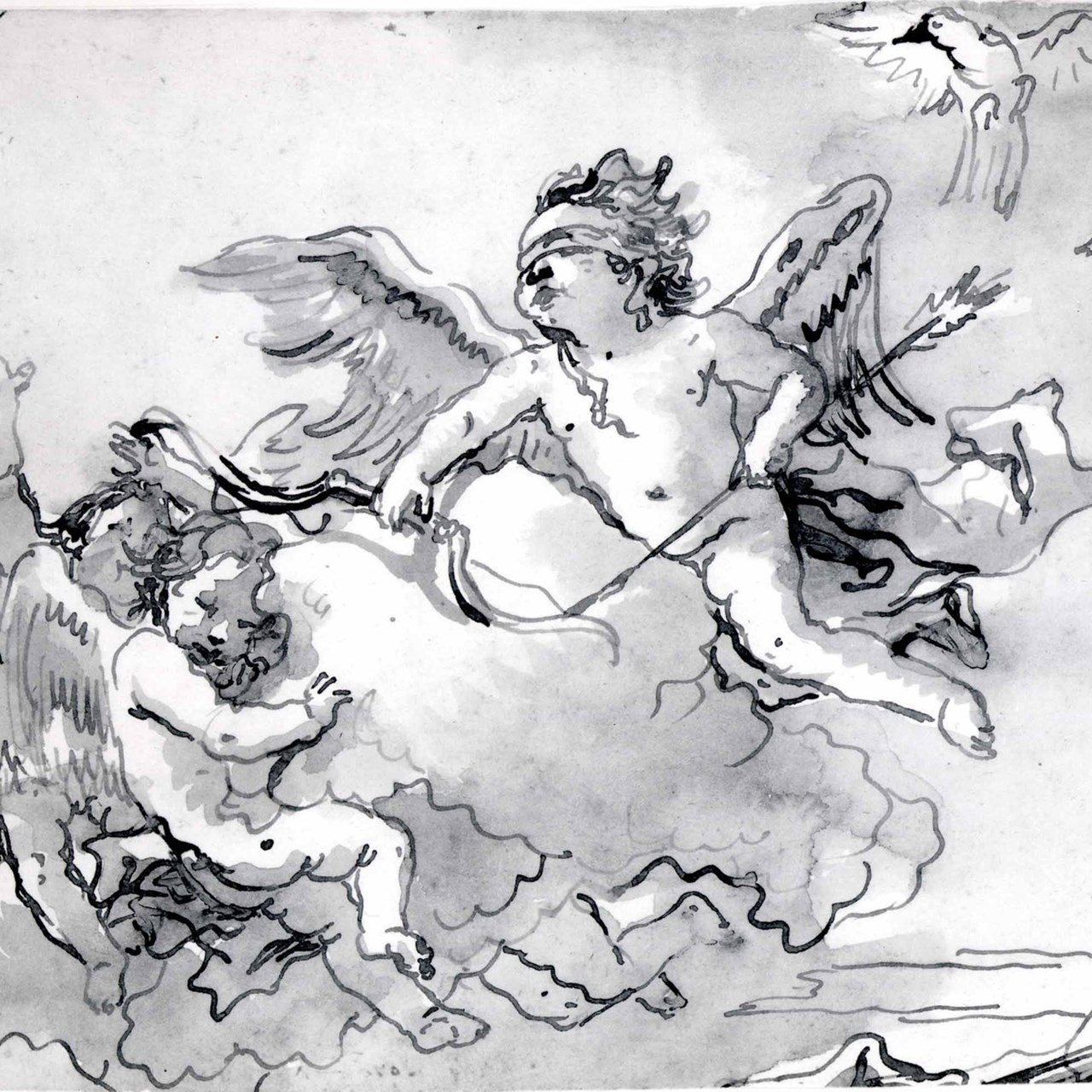Terms of endearment
Studies show that someone loved or lovable is described in terms of food, usually sweet food.
16th century: honey-sop, sweet-love, honeysuckle
17th century: sucket (=sugar), honey-sweet, honey-dew
19th century: jelly (=girlfriend), treat, honey-dew
20th century: sweetie-pie, honey-baby, honey-bun, doughnut, jelly-roll, sweet mama.



